Five Book Recommendations
In this post I would like to share five books that inspired me a lot before and during the conception of Bauhaus Coding Workshop.
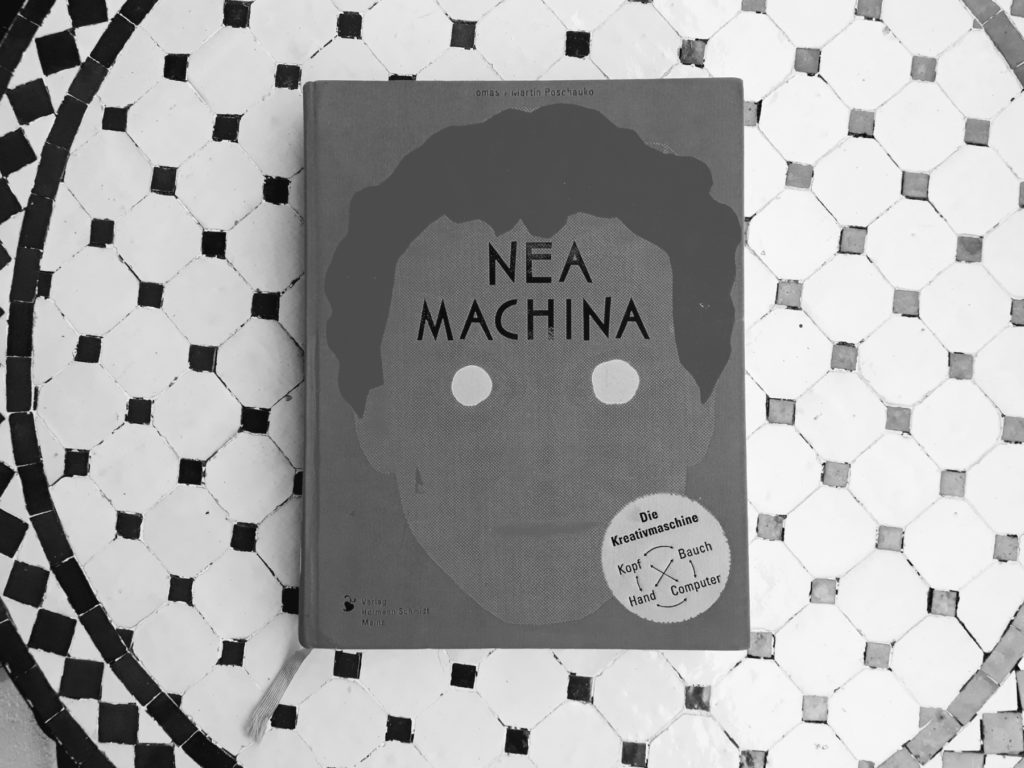
Nea Machina
by Thomas and Martin Poschauko
I have owned this book since 2011. The two designers Martin and Thomas Poschauko took a photo of a friend and the lettering “NEA MACHINA” to explore in a process lasting several months how to deal with these two elements creatively. In this book, they have documented their experiences and the results of this diploma-project and substantiated them theoretically.
My teaching is very much based on their theories, especially The Magic Triangle is strongly inspired by NEA MACHINA.
For me, the great power of the book lies in the answers around intrinsically motivated, explorative projects. It provides valuable theoretical tools as well as a comprehensive proof of concept. This book has changed me a lot.
Unfortunately it is not available in English language (yet?).
Buy the book at the publisher
Visit the authors website
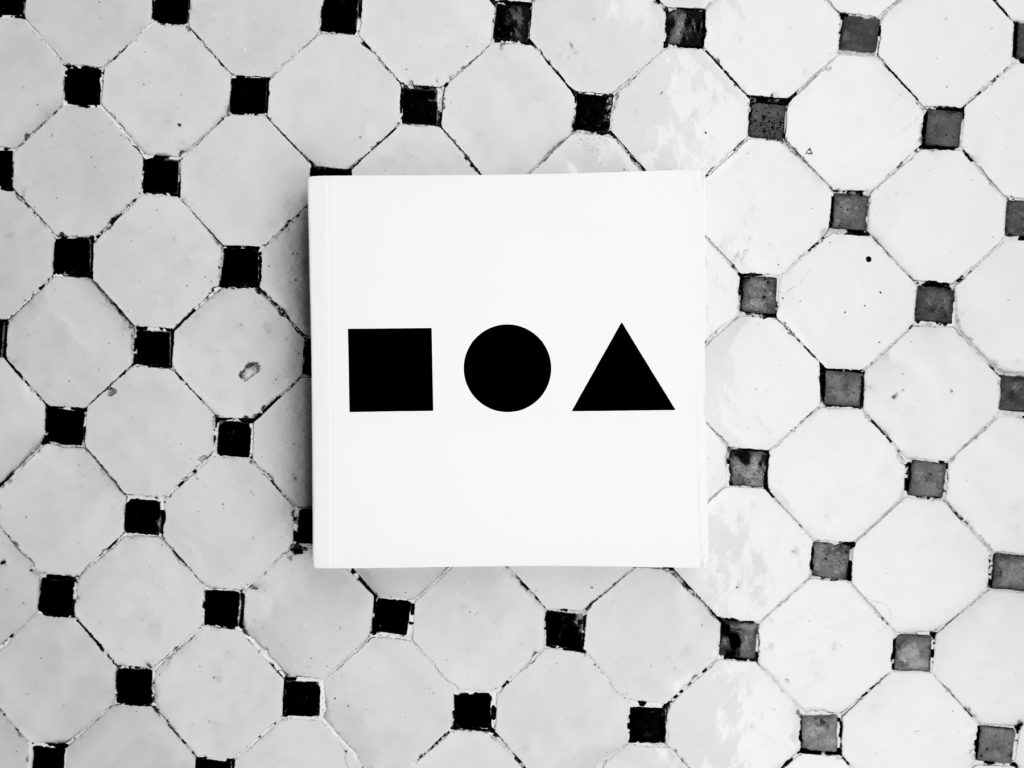
Square Circle Triangle
by Bruno Munari
This compendium of three books about the square (1960), the circle (1964) and the triangle (1976) is dedicated to basic geometric shapes in their effect and function. It shows in a charming way with many visual examples that they are omnipresent in our world. Depictions from ancient cultures, architecture, art, nature or mathematics are commented on in an exemplary manner.
The three basic geometric shapes were an elementary component of the design theory of the early Bauhaus. This book displays how far we can go with “just” the basic geometric shapes.

original bauhaus übungsbuch
by bauhaus-archiv museum für gestaltung
My course Bauhaus Coding Workshop is a collection of design tasks that Johannes Itten, László Moholy-Nagy and Josef Albers worked with their students in the preliminary course at the historical Bauhaus. This book served me as a guideline for the conception of the course.
It was published by the Bauhaus Archive on the occasion of the 100th anniversary of the Bauhaus and catalogs 50 exercises from the preliminary courses of the three artists.
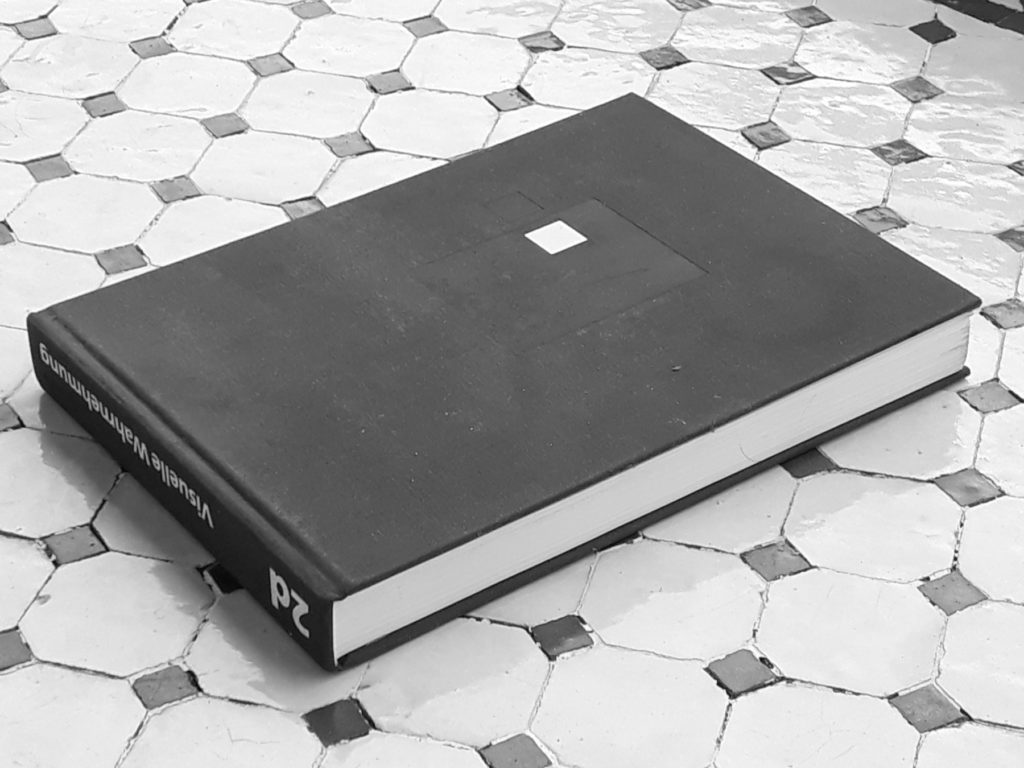
2d Visuale Wahrnehmung / Visual Perception
by Moritz Zwimpfer
With this bilingual book Moritz Zwimpfer has catalogued and illustrated 200 phenomena of visual perception. The illustrations are explained by means of short texts. The nice thing about the book is that the examples are kept graphically very abstract and can therefore be adapted relatively easily to your own design.
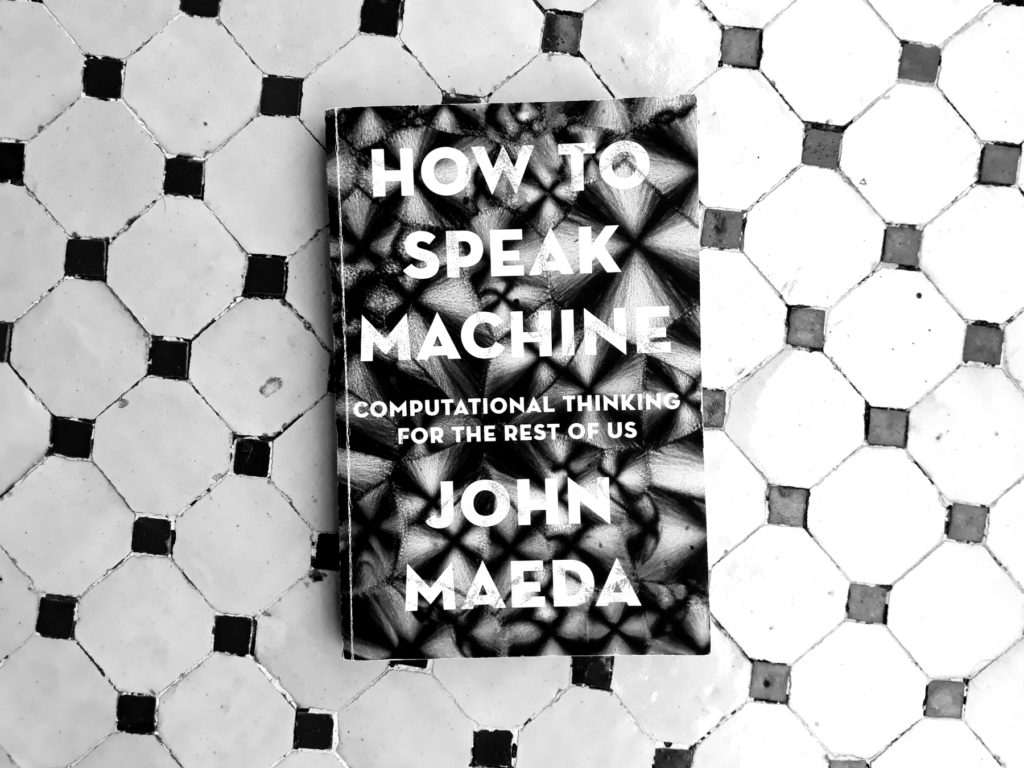
How to speak Machine
by John Maeda
With this book, the forerunner of Processing, John Maeda, provides an easy to understand introduction to the principles of computational thinking. Maeda shows how to look at the world through the eyes of a technologist. He succeeds in doing so in an amazingly light-footed, captivating and sympathetic way.
This book was highly inspiring for me while developing my course Creative Coding Essentials, because it explains complicated issues around thinking in code quite well and at the same time very understandable.
Get the book
the authors website
Which books come to your mind when you think about the Bauhaus? Do you have any recommendations for me? I always love to hear from you!
Related
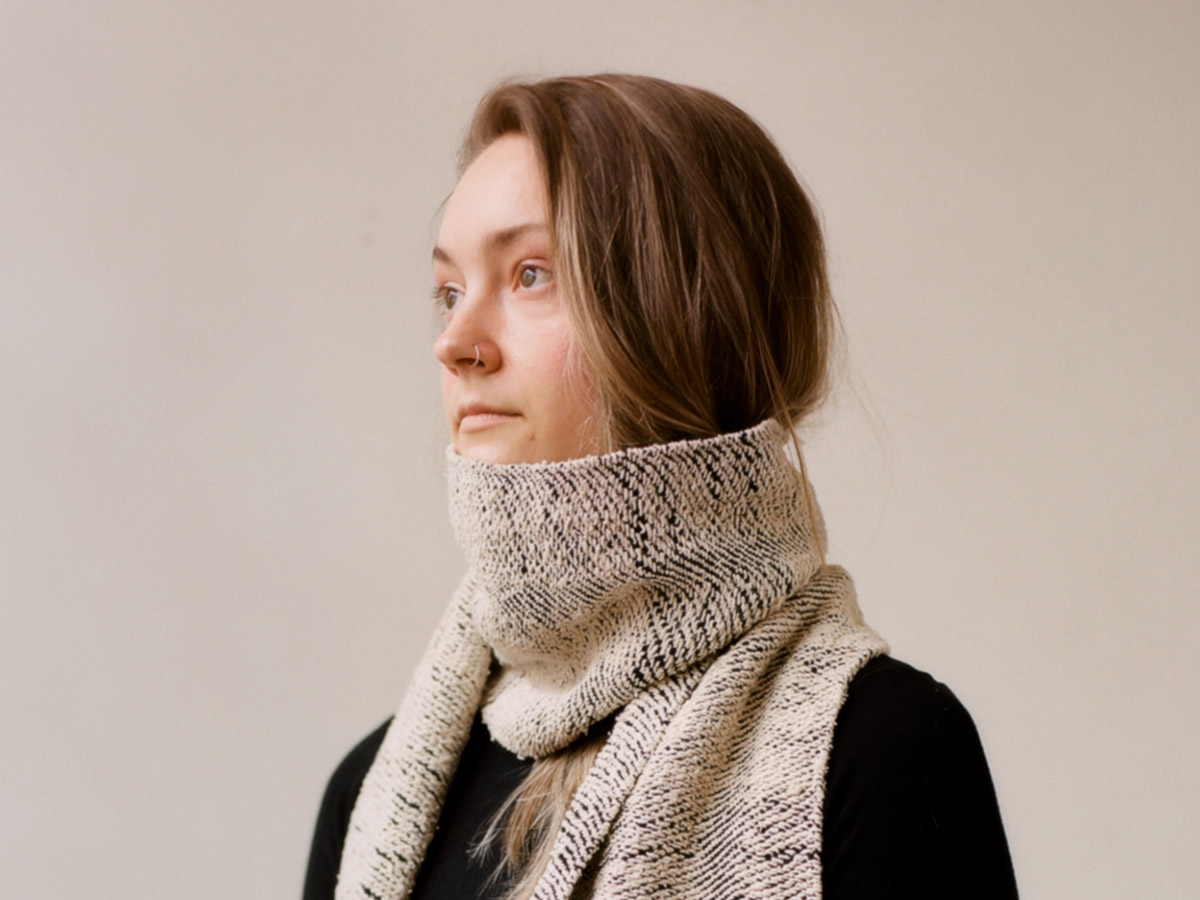 Sam Griffith connects Creative Coding with Enviromentalism
Sam Griffith connects Creative Coding with Enviromentalism
In this post I’d like to introduce you to Sam Griffith, a talented graphic designer based in Detroit, to discuss […]
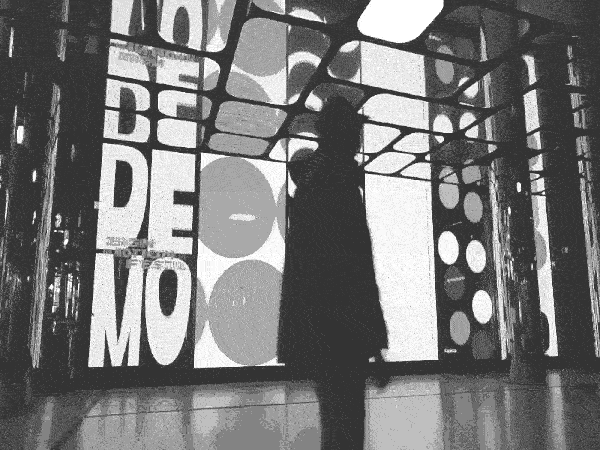 128kb at DEMO Festival 2025
128kb at DEMO Festival 2025
Hi friends! I will be in the jury of the DEMO Festival again, which is a great honor to me. […]
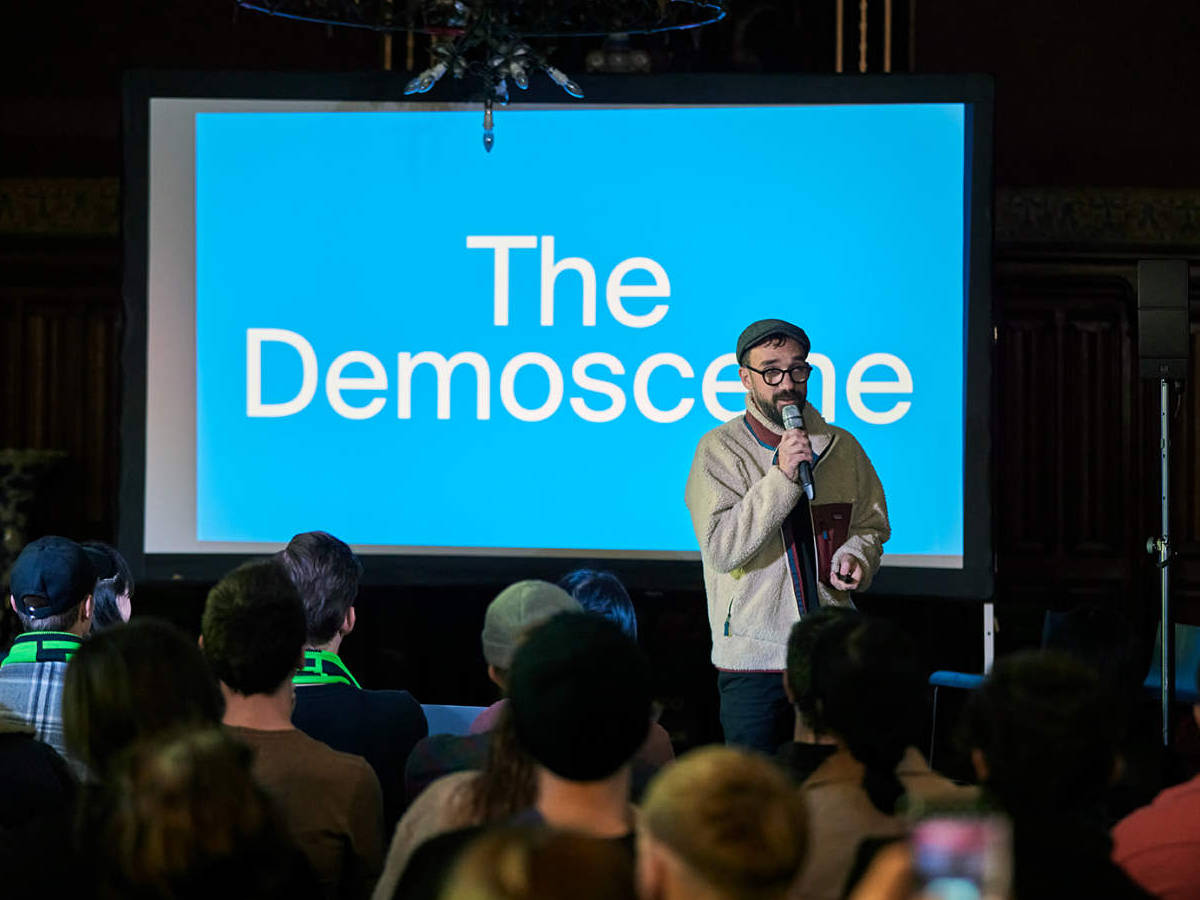 Throwback: My Talk at Demo Festival 2022
Throwback: My Talk at Demo Festival 2022
The next edition of the DEMO Festival is already approaching and I am currently developing a brand new talk for […]
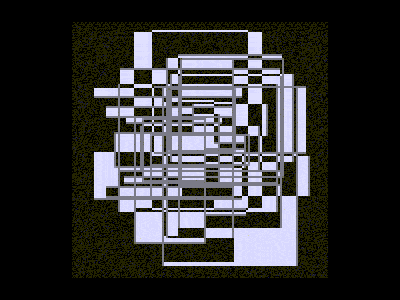 Powers of Two – 128kb by Lena Weber
Powers of Two – 128kb by Lena Weber
20 = 1 21 = 222 = 323 = 824 = 1625 = 3226 = 6427 = 128 … »In […]
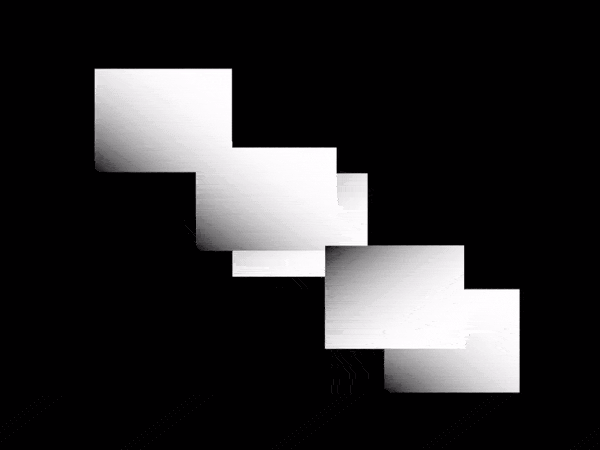 A Call for Coding Designers
A Call for Coding Designers
This is a call for coding designers. It aims to serve as a proposal and a provocation for creative work […]
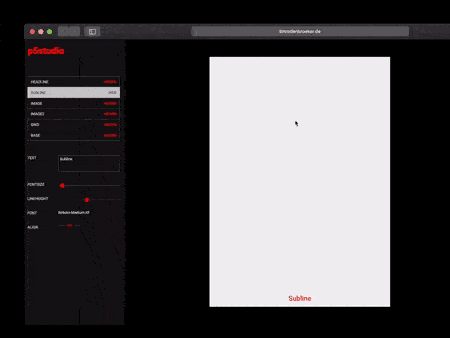 p5.js Design Tools Directory
p5.js Design Tools Directory
Hi! In this post I’ll collect case studies and direct links to tools that people have built with p5.js and […]
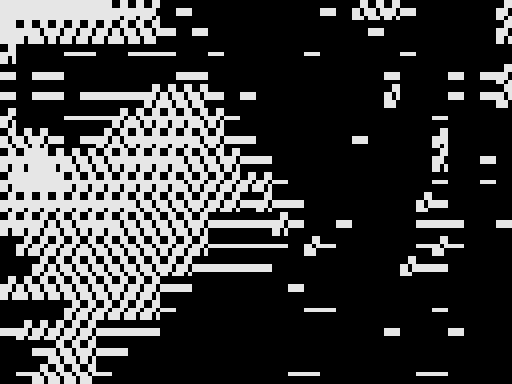 A p5.js starter template for the 128kb Challenge
A p5.js starter template for the 128kb Challenge
Your 128kb journey starts here! This is a template you can use to start developing your idea within the 128kb […]
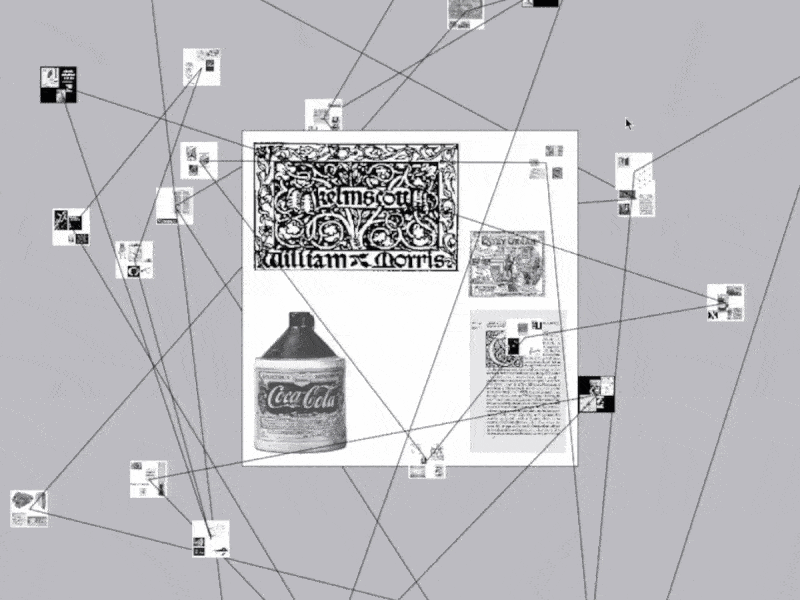 Omid Nemalhabib explores the intersection of Creative Coding and Perso-Arabic Typography
Omid Nemalhabib explores the intersection of Creative Coding and Perso-Arabic Typography
In 2022, I spontaneously posted a story on Instagram: If anyone out there is also in Rotterdam, I’d love to […]
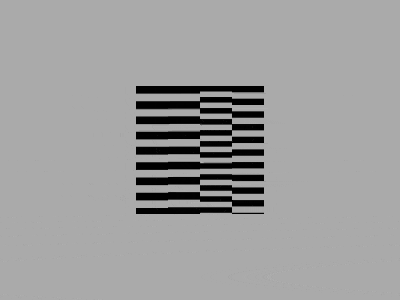 The 128kb Framework and its Aesthetic Characteristics
The 128kb Framework and its Aesthetic Characteristics
One day in early 2024 I started to experiment with a new idea. I wrote down a set of rules […]
 A conversation with Talia Cotton
A conversation with Talia Cotton
During OFFF Festival here in Barcelona, many interesting people come around! This interview with Talia Cotton came about almost by […]
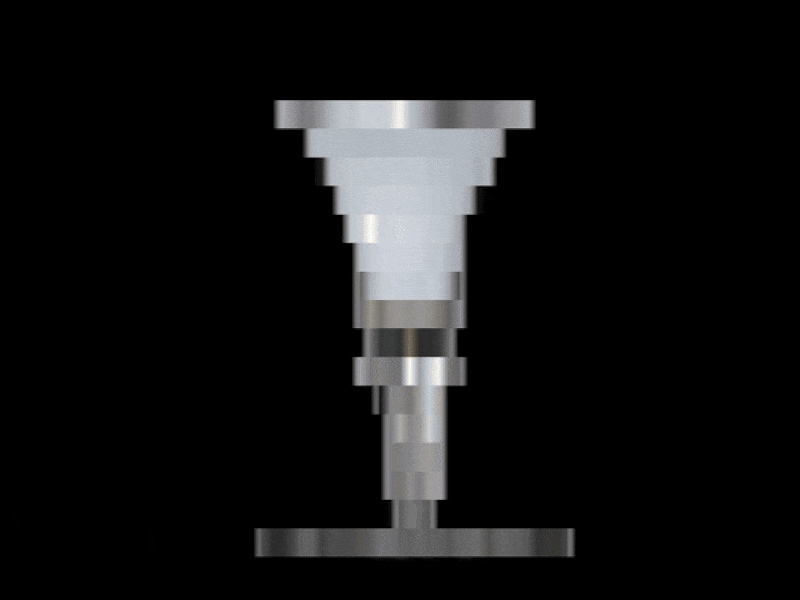 Lena Weber about her collaboration with A. G. Cook
Lena Weber about her collaboration with A. G. Cook
Lena: This 10-minute visualiser for A. G. Cooks album teaser featuring my python archive generator, is one of my favourite […]
 A conversation with Anna Shams Ili
A conversation with Anna Shams Ili
Hi Anna! It was super nice to meet you at the PCD CPH, I really liked your talk in which […]
 Coding Systems: New Workshop Dates!
Coding Systems: New Workshop Dates!
When I held Martin Lorenz’s new book in my hands and turned it onto its back, I was a little […]
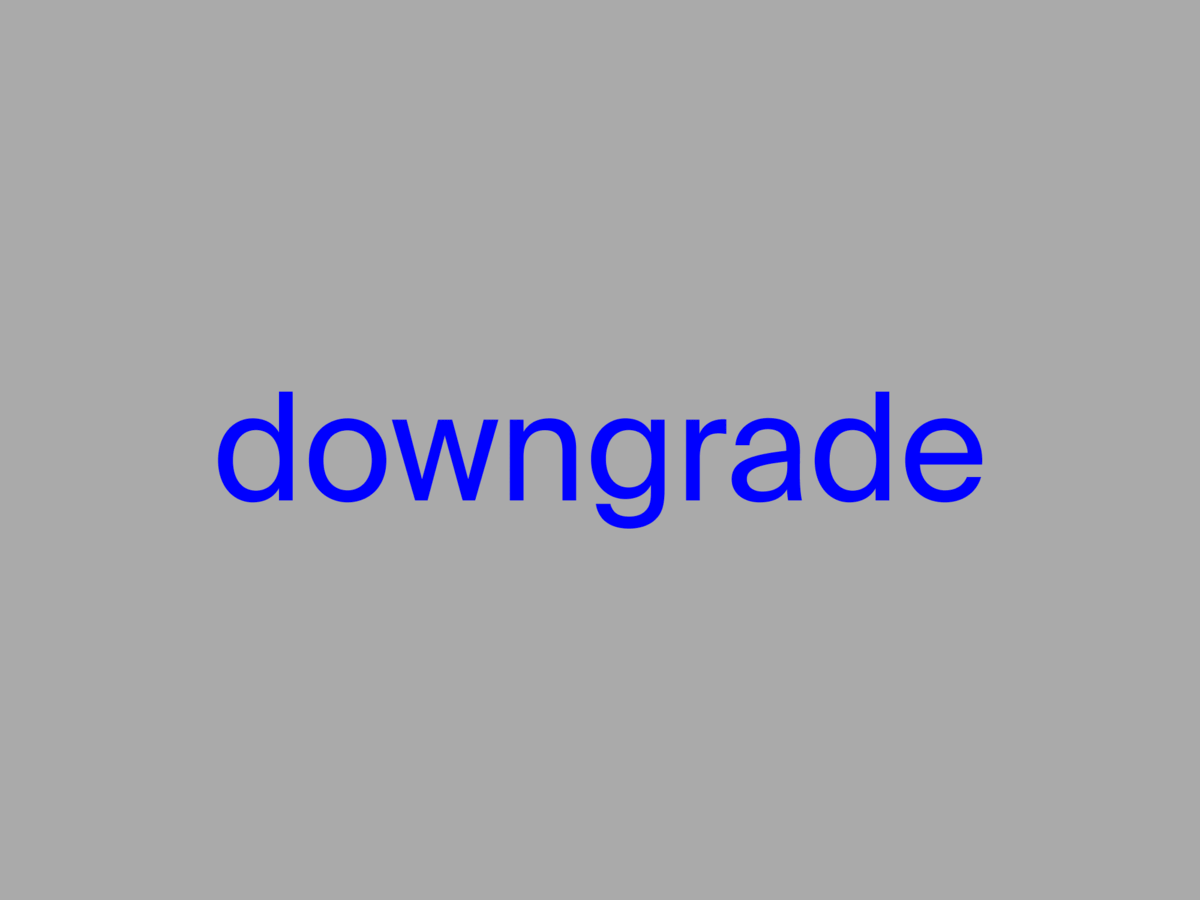 My new writing project “downgrade” is live
My new writing project “downgrade” is live
Hey folks, I hope you are doing great! You may have already read one or two of my essays that […]
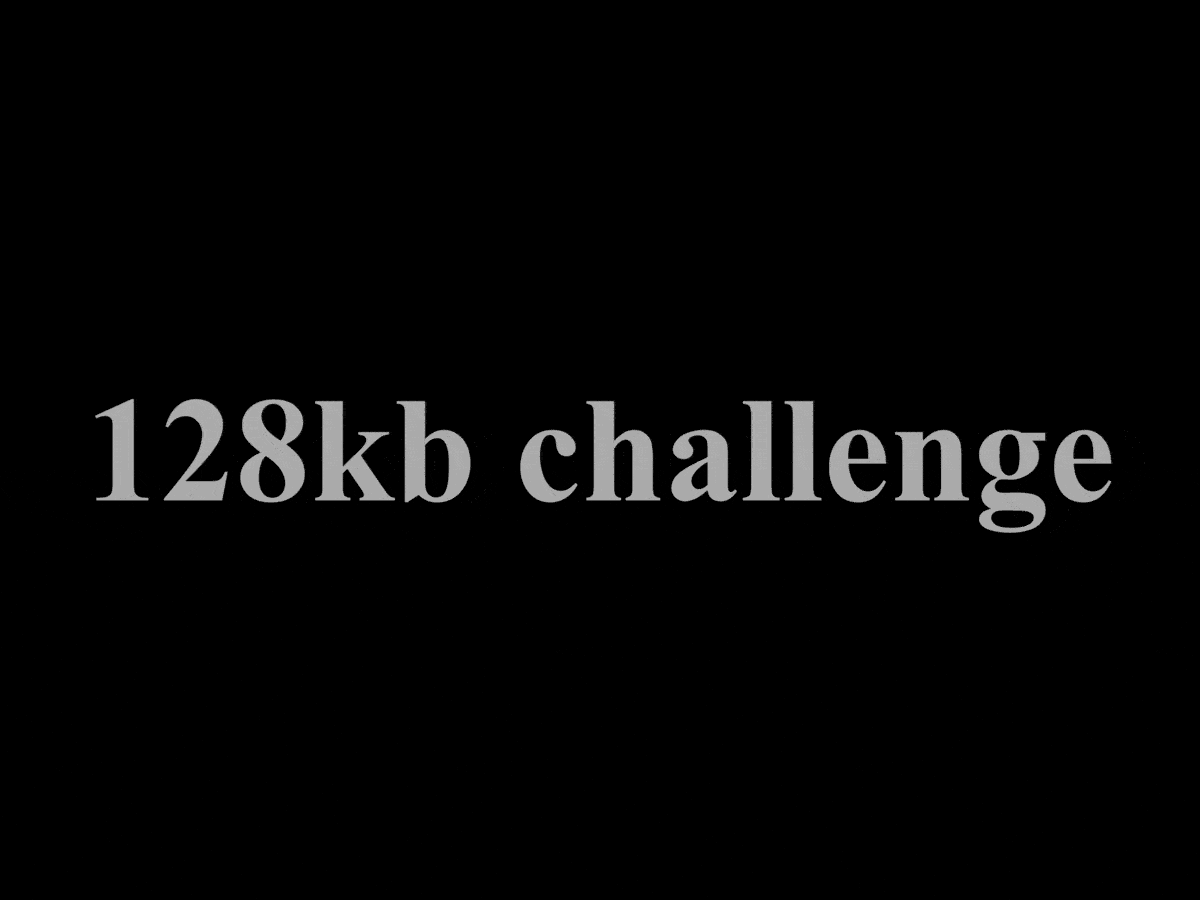 Join the 128kb challenge!
Join the 128kb challenge!
Instagram, Twitter, TikTok… All the main platforms that technically have the required features to connect emerging communies for Creative Coding […]
 Ruder Processing Unit by Kevin Koch
Ruder Processing Unit by Kevin Koch
In my teaching at universities and in workshops, I have met many very enthusiastic and highly talented people who have […]
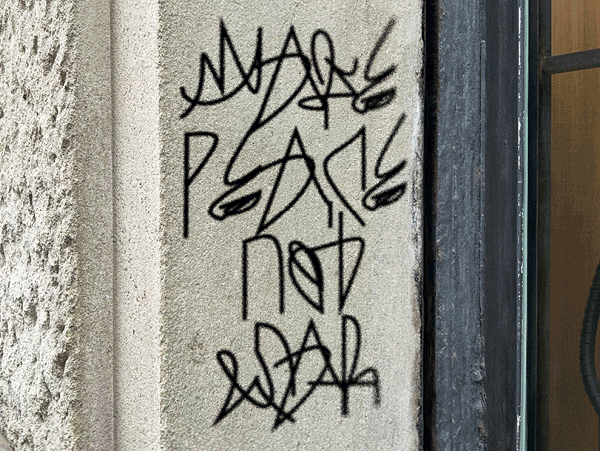 Computer Cursive by Tay Papon Punyahotra
Computer Cursive by Tay Papon Punyahotra
One of the first exercises I assign to my students in my seminars is called “Random Compositions”. Basically, it’s quite […]
 A reflection on Processing Community Day Copenhagen 2023
A reflection on Processing Community Day Copenhagen 2023
I’ve been travelling a lot in the last few months. Still, it was only during a short stay in Copenhagen […]
 Ksawery Kirklewski on his Symphony in Acid
Ksawery Kirklewski on his Symphony in Acid
For me, it’s by far the most inspiring project of the last few years: “Symphony in Acid”, a collaboration between […]
